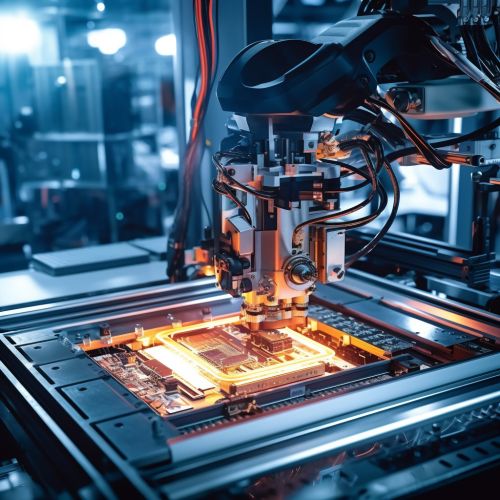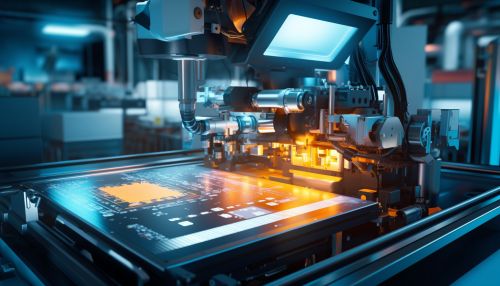The Science of Machine Vision and Pattern Recognition
Introduction
Machine vision and pattern recognition are two intertwined fields of study within the broader discipline of artificial intelligence. Machine vision, also known as computer vision, involves the development of algorithms and systems that enable computers to interpret and understand visual data. Pattern recognition, on the other hand, is the science of identifying and classifying patterns in data, which can include visual data, but also extends to other types of data, such as audio or text.


Machine Vision
Machine vision is a field of computer science that focuses on replicating the capabilities of human vision, enabling machines to identify and process objects in their environment. This field has numerous applications, from industrial automation and quality control to navigation systems for autonomous vehicles and face recognition in security systems.
Principles of Machine Vision
The primary goal of machine vision is to create systems that can perform tasks requiring visual perception. This involves several key steps: image acquisition, image processing, and image analysis.
Image acquisition is the process of capturing visual data, typically using cameras or other imaging devices. This data is then processed to enhance its quality and extract useful features. This can involve a range of techniques, from simple operations like brightness and contrast adjustment, to more complex processes like edge detection or histogram equalization.
Image analysis is the final step in the machine vision process. This involves applying algorithms to the processed image data to identify and classify objects or features of interest. This can involve pattern recognition techniques, as well as other methods such as machine learning or deep learning.
Applications of Machine Vision
Machine vision has a wide range of applications across various industries. In manufacturing, for example, machine vision systems are used for quality control, inspecting products for defects or irregularities. In the automotive industry, machine vision is used in driver assistance systems and autonomous vehicles, enabling these vehicles to detect and respond to objects in their environment. In healthcare, machine vision is used in medical imaging to detect and diagnose diseases.
Pattern Recognition
Pattern recognition is a field of study concerned with the automatic discovery, classification, and understanding of patterns in data. It is a fundamental aspect of machine learning and artificial intelligence, and is used in a wide range of applications, from speech recognition and natural language processing to biometrics and medical diagnosis.
Principles of Pattern Recognition
Pattern recognition involves several key steps: feature extraction, feature selection, and classification.
Feature extraction is the process of transforming raw data into a set of features that can be used to represent the pattern. This can involve a range of techniques, depending on the nature of the data and the specific application.
Feature selection is the process of identifying the most relevant features for the task at hand. This can involve statistical techniques, as well as methods based on machine learning.
Classification is the final step in the pattern recognition process. This involves assigning each pattern to one of a set of classes, based on its features. This can involve a range of techniques, from simple rule-based methods to complex machine learning algorithms.
Applications of Pattern Recognition
Pattern recognition has a wide range of applications across various fields. In computer vision, pattern recognition techniques are used to identify and classify objects in images or video. In natural language processing, pattern recognition is used to understand and interpret human language. In biometrics, pattern recognition is used to identify individuals based on their unique physical or behavioral characteristics.
Intersection of Machine Vision and Pattern Recognition
Machine vision and pattern recognition are closely linked, with many machine vision tasks involving pattern recognition techniques. For example, in a machine vision system designed to inspect products for defects, pattern recognition techniques might be used to identify and classify defects based on their visual characteristics.
Similarly, in a facial recognition system, machine vision techniques would be used to capture and process images of faces, while pattern recognition techniques would be used to identify individuals based on the features of their faces.
Future Directions
The fields of machine vision and pattern recognition continue to evolve, driven by advances in technology and an increasing demand for intelligent systems. Key areas of future research and development include the integration of machine vision and pattern recognition with other areas of artificial intelligence, such as natural language processing and robotics, as well as the development of more sophisticated algorithms for feature extraction, feature selection, and classification.
